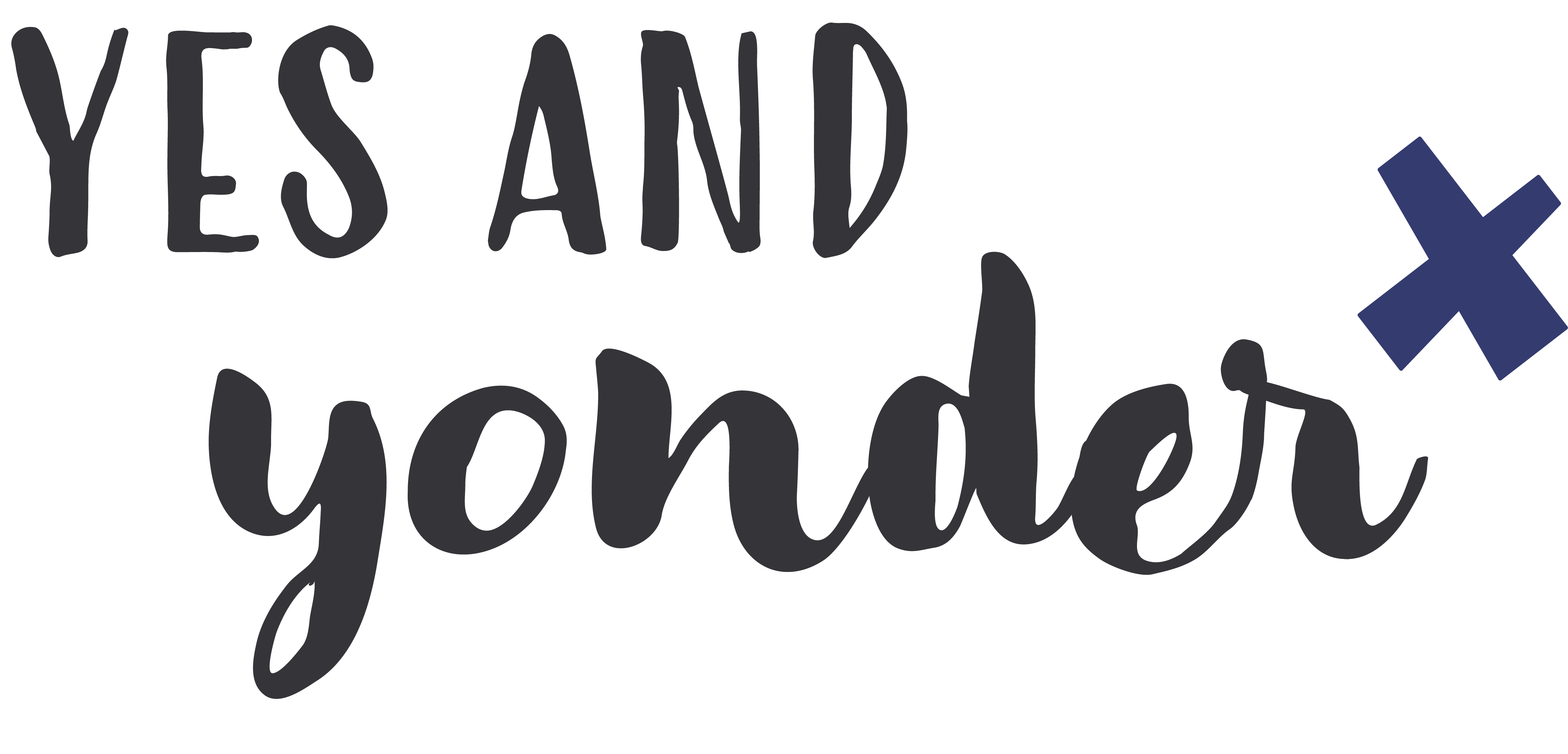I’m a big fan of collaboration, and not just because I think it’s a fun way to work. I truly believe it leads to better outcomes when different types of thinkers are part of the process, with more and better ideas, and less mistakes or misses. Now that I’ve gotten that spelled out pretty clearly, there’s a little more to the story:
Collaboration sometimes has a dark side.
There, I said it. For as wonderful as collaboration can be, I’ve seen how easily it slippery-slopes into a counterproductive mode.
Suddenly no one can act alone. No decisions can be made without convening a big meeting. Even then, it’s hard to decide how to move forward because there’s no clear answer. Everyone is looking for a consensus that isn’t coming. Punt to another meeting. Projects and progress slow to a crawl.
I’ve thought a lot about why this happens because of how frequently I’ve seen this collaboration conundrum derail teams.
Often it begins with an intentional focus on being more collaborative. Groups sessions and new projects kick off with a bang, full of that new excitement and energy. Generally, people want to work together, and they want to feel included.
But there wasn’t clear direction about how to be collaborative, just a blanket statement. People begin to feel like they should be included in a meeting or decision they might not have been previously. Meetings balloon in size and scope, and everyone’s schedule is filling up fast. People start to doubt their roles. Small grudges work their way in, eroding that initial collaborative spirit. Maybe this took months to happen, maybe a year or more.

Give or take a few nuances (since all organizations are a little different). Eventually people wonder what happened to the culture and how things ended up like this.
One of the best ways I’ve found to keep collaboration off of this slippery slope (or to start moving it away from the ledge if you’re already there) is focusing on three things:
1) Business Vision & Strategy
There is a crystal clear, high level vision for the future of the organization. Underneath that umbrella, there are broad strategies about how the vision will be accomplished, and employees understand how their role supports making it happen.
2) Decision Making
There is understanding about how decisions are made within the organization, including what the organization values and who gets the final call. When people are brought in to collaborate on something they understand their role and whether they are a decision maker or a contributor who is providing input.
3) Employee Empowerment
Because vision, strategy, and decision making are clear, employees know when they should consult or include others, and when they can take action and move forward on their own.
When all of the above are present, collaboration can be balanced, productive, and energizing. Sometimes leaders think they have provided clarity on these, but then it’s another matter when you ask their teams. In my experience, if it’s not written or discussed, it’s too fuzzy. It’s best not to assume what feels clear in your head is also clear to others.
[Featured image: United Way of Central Indiana team members collaborating during a team retreat facilitated by YAY]

